Hi there, pet lovers! 🐟
The Kuhli Loach (Pangio kuhlii) is one of the most fascinating and underrated freshwater fish in the aquarium hobby. With their eel-like bodies, peaceful nature, and quirky behavior, these little bottom dwellers make excellent additions to community tanks. Whether you’re new to aquariums or an experienced aquarist looking for something different, Kuhli Loaches offer plenty of charm and personality beneath the substrate.
In this detailed review, we’ll explore everything you need to know about Kuhli Loaches—from their care and setup to feeding habits, lifespan, and social behavior. By the end of this guide, you’ll know exactly whether these unique nocturnal fish are the right choice for your aquarium.
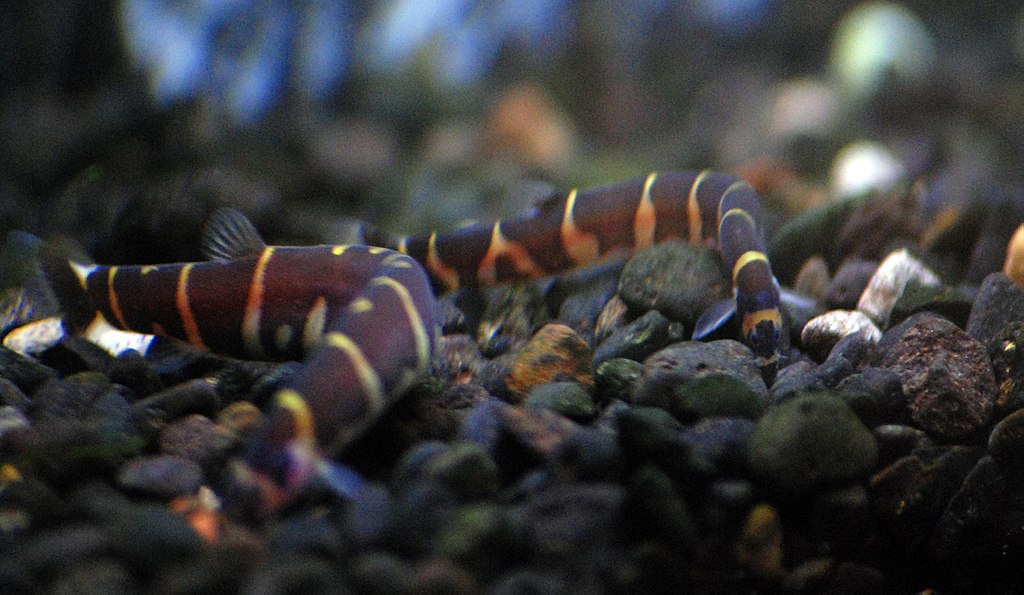
Overview
Kuhli Loaches are slender, snake-like freshwater fish native to Southeast Asia, particularly Indonesia, Malaysia, and Thailand. They inhabit slow-moving streams with sandy or muddy bottoms, where they burrow and scavenge for food. Known for their peaceful temperament and fascinating behavior, they’re excellent tankmates for other calm fish.
Here’s a quick overview of what makes Kuhli Loaches stand out:
- Behavior and Temperament: Shy, peaceful, and nocturnal scavengers that love to burrow and hide.
- Care and Maintenance: Moderate—require clean, well-oxygenated water and a soft substrate.
- Health and Durability: Hardy once settled but sensitive during acclimation.
- Availability: Widely available in pet stores and from breeders.
- Cost: Affordable to buy and maintain.
- Overall: A delightful, peaceful addition to any community tank—perfect for fishkeepers seeking an active yet gentle bottom dweller.
Why Choose a Kuhli Loach?
Kuhli Loaches are ideal for aquarists who love observing natural behaviors. They spend much of their day hiding under driftwood, plants, or substrate, emerging mostly at night to search for food. Their snake-like swimming patterns and social interactions make them captivating to watch once they grow comfortable in their environment.
These loaches are small (typically 3 to 4 inches long) and have long lifespans for fish of their size, often living 8 to 10 years with proper care. They’re peaceful and rarely cause trouble, making them great companions for tetras, rasboras, guppies, and other small community fish.
Kuhli Loaches also play a helpful role in maintaining tank cleanliness—they eat leftover food and organic debris, reducing waste buildup. However, they’re not true algae eaters, so they shouldn’t be relied on for algae control.
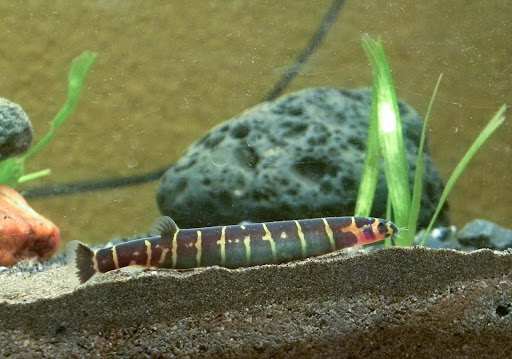
Behavior and Temperament
Kuhli Loaches are among the most peaceful and curious fish you can keep. While shy at first, once they feel secure, they display playful and social behavior that’s both fascinating and endearing.
Group Dynamics
Kuhli Loaches are social fish that thrive in groups. Keeping them singly often leads to stress and hiding. Ideally, keep at least 5–6 loaches together, as they feel safer in numbers and will explore more freely. In groups, they often curl up together in hiding spots or move in synchronized “trains” across the tank bottom.
Activity Patterns
They are nocturnal, meaning they’re most active at night or in dim lighting. You may not see them much during the day, but they’ll become lively during feeding time or when the lights go out. Adding low lighting or floating plants can encourage them to come out more often.
Tankmate Compatibility
Because Kuhli Loaches are gentle, they get along well with almost all peaceful fish. Avoid aggressive or large species like cichlids or barbs that may bully or outcompete them for food.
Ideal tankmates include:
Their peaceful disposition makes them ideal residents for calm community tanks.
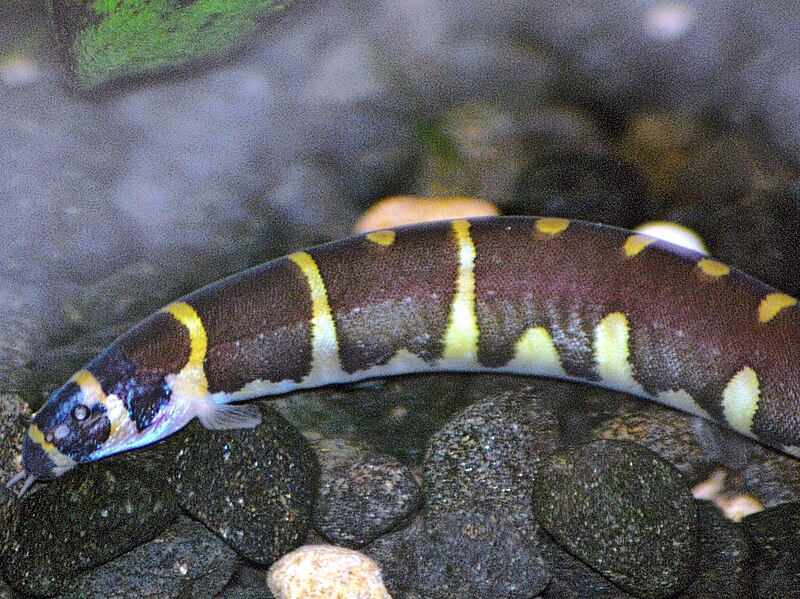
Care and Maintenance
While Kuhli Loaches aren’t difficult to care for, they do have specific environmental needs that must be met for them to thrive. Once settled, they’re hardy and resilient, but poor water quality or improper setup can quickly lead to stress and illness.
Tank Setup
A comfortable environment is essential for Kuhli Loaches to show their best behavior.
- Tank Size: Minimum of 20 gallons for a small group, though 30+ gallons is better for stability and swimming space.
- Substrate: Soft, fine sand is best. Avoid sharp gravel, as it can damage their delicate undersides and barbels.
- Décor: Provide plenty of hiding spots using driftwood, smooth rocks, PVC tubes, and live or artificial plants. Kuhli Loaches love to burrow and feel safe in narrow spaces.
- Lighting: Dim lighting preferred; bright light can make them hide all day. Floating plants like Amazon Frogbit or Water Lettuce help diffuse light naturally.
- Filtration: Gentle filtration with good oxygenation. Strong currents can stress them, so use a sponge filter or baffle the outlet flow.
Water Parameters
Kuhli Loaches are tropical fish that prefer stable and clean water conditions.
| Parameter | Ideal Range |
|---|---|
| Temperature | 75–82°F (24–28°C) |
| pH | 6.0–7.0 |
| Hardness | Soft to moderately hard (0–8 dGH) |
| Ammonia/Nitrite | 0 ppm |
| Nitrate | Below 20 ppm |
Perform regular partial water changes (about 25–30% weekly) to maintain stability and cleanliness.
Feeding
Kuhli Loaches are omnivorous scavengers that love to sift through the substrate for leftovers. While they’ll eat uneaten food from other fish, they still need regular feeding to stay healthy.
Diet Recommendations:
- Staple Foods: Sinking pellets or wafers made for bottom dwellers.
- Live/Frozen Foods: Bloodworms, brine shrimp, daphnia, and blackworms.
- Vegetable Treats: Blanched spinach, cucumber, or zucchini slices occasionally.
Feed Kuhli Loaches once or twice daily, ideally in the evening when they’re most active. Make sure the food reaches the bottom, as they rarely compete near the surface.

Health and Durability
Kuhli Loaches are relatively hardy once adapted, but they can be sensitive during the first few weeks after introduction. Their lack of scales makes them more vulnerable to certain medications and poor water conditions.
Common Health Issues
- Ich (White Spot Disease): Kuhli Loaches are highly susceptible; always quarantine new fish and treat with half-strength medication doses.
- Skin Irritations: Often caused by sharp substrate or rough décor.
- Bacterial Infections: Linked to dirty water or high nitrate levels.
Preventative Care
- Maintain excellent water quality through regular cleaning.
- Avoid copper-based medications and strong chemical treatments.
- Provide a stress-free environment with plenty of hiding spots.
With consistent care, Kuhli Loaches can live up to 10 years, making them a long-term companion in your aquarium.
Availability and Cost
Kuhli Loaches are readily available in most aquarium stores and online retailers. They’re also common at fish expos or through hobbyist breeders.
Where to Buy
- Local Fish Stores (LFS)
- Online Breeders
- Aquarium Expos
Cost Breakdown
- Fish Price: Typically $3–$6 per loach, with rarer species like the Black Kuhli Loach (Pangio oblonga) costing slightly more.
- Setup Cost: Around $100–$150 for tank, substrate, filter, and décor.
- Group Recommendation: Buy at least 5 loaches for social health—budget roughly $25–$30 total for the group.
They’re affordable, easy to find, and worth every penny for their activity and peaceful charm.

Pros and Cons
Pros
- Peaceful and compatible with most community fish.
- Fascinating burrowing and group behaviors.
- Excellent scavengers for cleaning up leftover food.
- Hardy and long-lived once established.
- Affordable and widely available.
Cons
- Shy and nocturnal—may be unseen during the day.
- Sensitive to poor water conditions or medications.
- Require fine sand substrate and secure lids (they can escape!).
- May take time to acclimate and show full personality.
Final Thoughts
The Kuhli Loach is a remarkable little fish that brings life and curiosity to any community aquarium. While they may be shy at first, their group interactions and graceful movements quickly win over anyone who takes the time to observe them.
They’re low-cost, low-aggression, and surprisingly long-lived, making them an excellent choice for aquarists seeking a peaceful, interactive, and unique bottom dweller. With proper care—soft substrate, stable water, and good company—these loaches will reward you with years of fascinating behavior and gentle companionship.
If you’re looking for a small yet captivating fish that adds both charm and function to your tank, the Kuhli Loach is truly one of the best choices out there. 🐠
Have you kept Kuhli Loaches before? Share your experiences and tank setups in the comments below—we’d love to hear how these little wigglers have brightened up your aquarium!
For more aquarium care guides and fish reviews, stay tuned to our blog and don’t forget to subscribe for more aquatic insights! 🌿



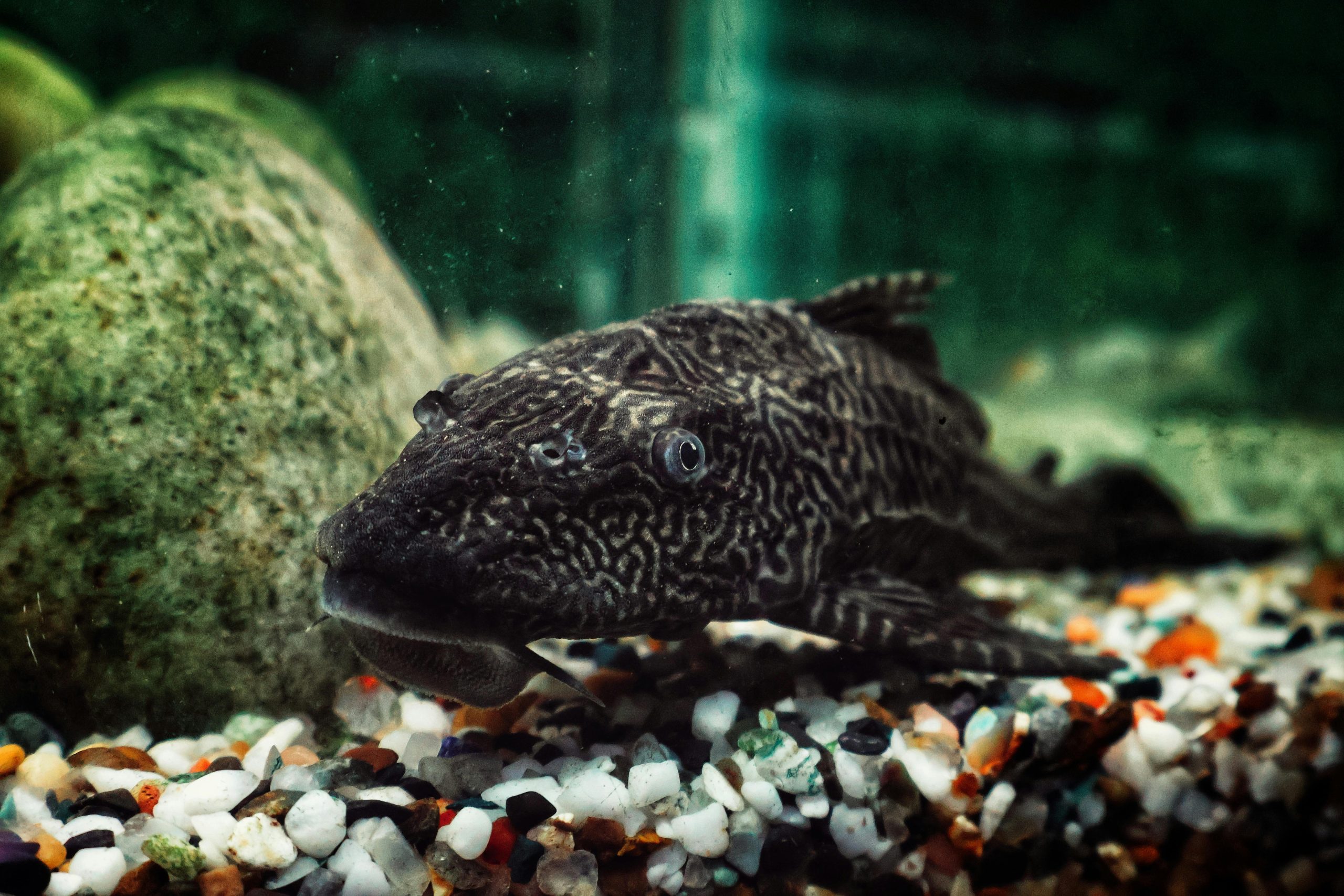
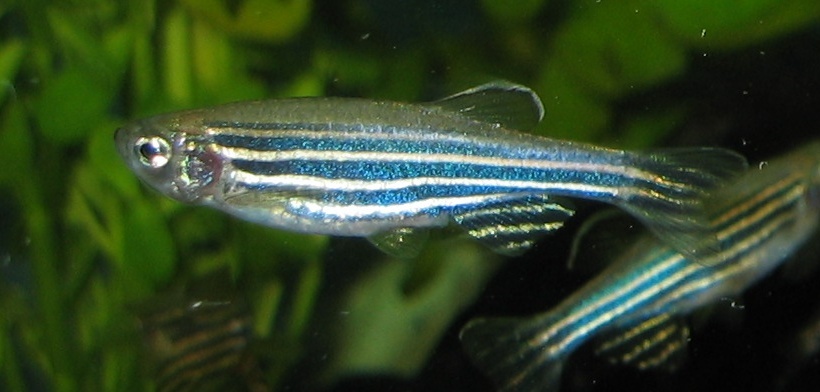
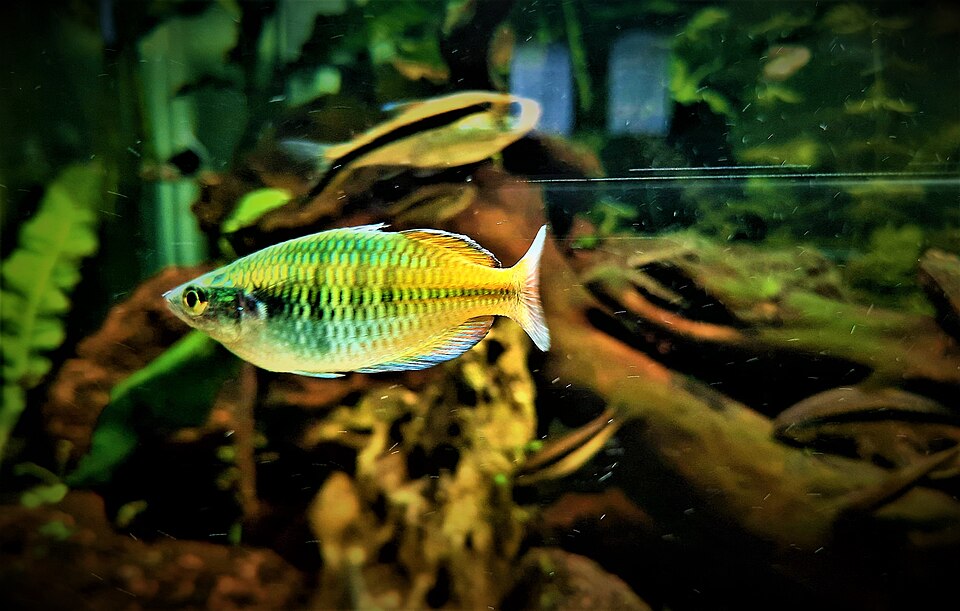
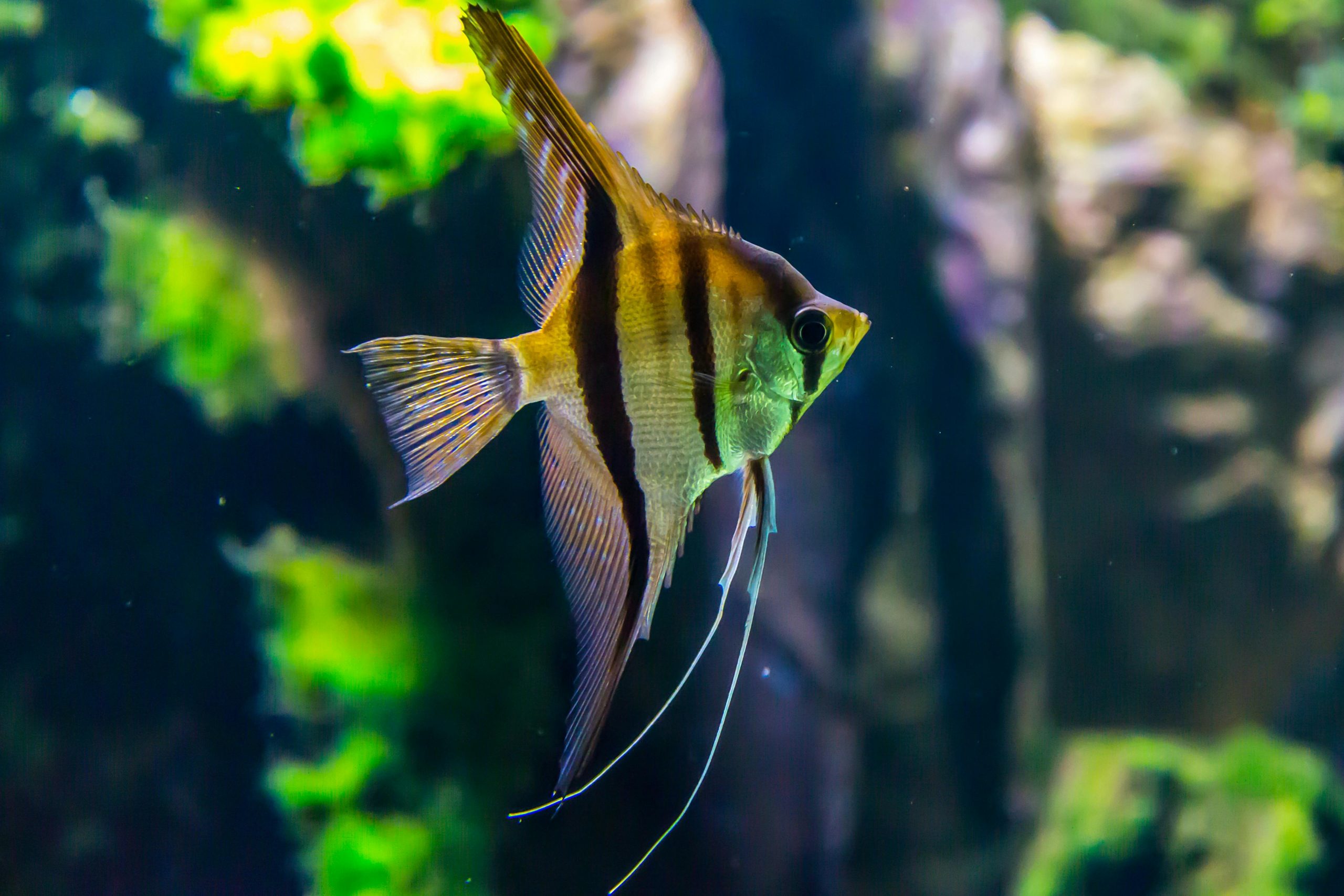
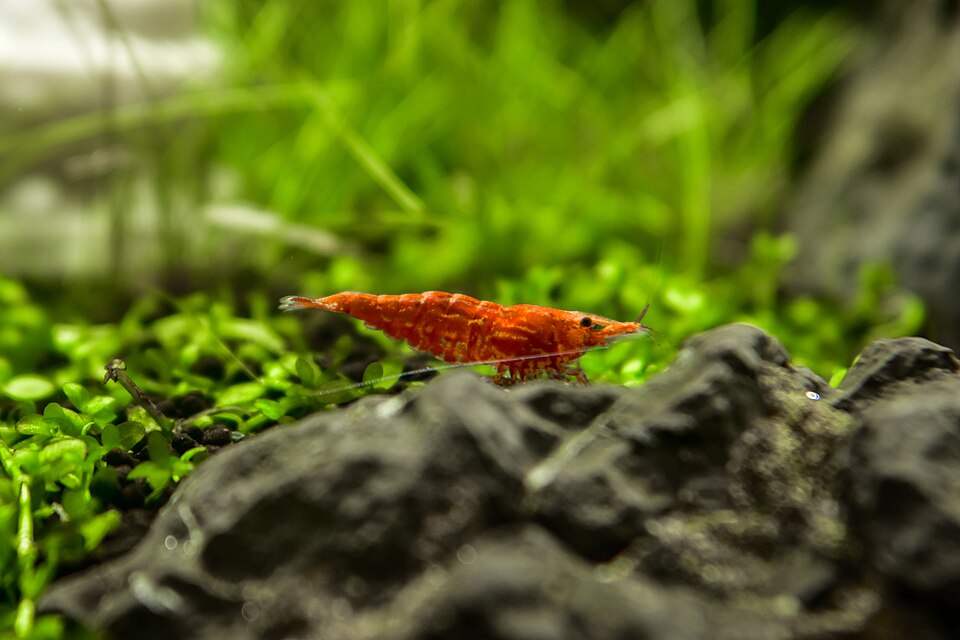
Leave a Reply